(September 27, 2023) In 1947, when India gained independence from British colonial rule, approximately 125,000 to 150,000 Britons were living in India. This included not only British administrators, military personnel, and their families but also individuals engaged in various other professions and businesses. Global Indian traces the desi roots of some of the colonial India-born Britons who had left the country when they were quite young, and went on to become global achievers in their chosen fields. Some of them even had an indelible influence of India in their work. Rudyard Kipling (1865 – 1936) Birth Place: Bombay The country of his birth had a deep influence on the work of British writer and poet Rudyard Kipling. His short stories, novels, and poems often explored the themes of British imperialism, adventure, and the clash of cultures. Kipling's The Jungle Book (1894) is timeless and has been adapted into many films and other media works over the decades. It tells the story of Mowgli, a young boy raised by animals in the Indian jungle. [caption id="attachment_45405" align="aligncenter" width="265"] Rudyard Kipling[/caption] When Kipling was five years old, his parents sent him to England for education, only to come back to India as
cades. It tells the story of Mowgli, a young boy raised by animals in the Indian jungle.
[caption id="attachment_45405" align="aligncenter" width="265"]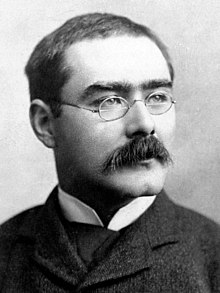 Rudyard Kipling[/caption]
Rudyard Kipling[/caption]
When Kipling was five years old, his parents sent him to England for education, only to come back to India as a young adult, where he began his prolific literary career, drawing on his experiences in both countries for his writing. In 1907, Rudyard Kipling became the first English-language writer to be awarded the Nobel Prize in Literature.
Ronald Ross (1857 – 1932)
Birth Place: Almora
A British physician, Ross earned the Nobel Prize in Medicine in 1902 for his groundbreaking research on the transmission of malaria. He achieved the distinction of being the first British Nobel laureate and the first person born outside of Europe to receive this prestigious award. His pivotal discovery in 1897 laid the essential groundwork for developing strategies to combat the disease.
[caption id="attachment_45414" align="aligncenter" width="263"]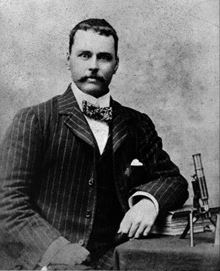 Ronald Ross[/caption]
Ronald Ross[/caption]
Ross was the eldest of ten children of a general in the British Indian Army. He was sent to England to live with his aunt and uncle on the Isle of Wight when he was eight. After becoming a doctor, he practiced in India for a few years with postings in Madras, Andaman Islands, Bangalore, Secunderabad, Balochistan (now in Pakistan), and Moulmein (now in Burma).
Julie Christie (1940 – present)
Birth Place: Chabua, Assam
The British actress was an iconic star in the sixties. She is the recipient of numerous accolades including an Academy Award, a Golden Globe, a BAFTA Award, and a Screen Actors Guild Award. Six of her films are ranked in the British Film Institute's BFI Top 100 British films of the 20th century. She received the BAFTA Fellowship for lifetime achievement in 1997.
[caption id="attachment_45407" align="aligncenter" width="275"] Julie Christie[/caption]
Julie Christie[/caption]
Christie was born at a tea estate which was run by her father, while her mother was a painter. At the age of six, she was sent to live with a foster mother in England where she pursued her education. Christie has had a long career. Starting with her debut in 1963 in Billy Liar she went on to act for decades and even made a brief cameo appearance in the third Harry Potter film, Harry Potter and the Prisoner of Azkaban.
Cliff Richard OBE (1940 – present)
Birth Place: Lucknow
The British pop singer, musician, and actor is one of the most successful and enduring entertainers in the history of British popular music. He is considered the British equivalent of Elvis Presley. With 250 million records sold worldwide, he is the best-selling music artist of all time. He was honoured with Commander of the Most Excellent Order of the British Empire (CBE) in 1980 for his services to music and charity.
[caption id="attachment_45408" align="aligncenter" width="257"] Cliff Richard[/caption]
Cliff Richard[/caption]
Cliff’s father worked with the British Indian Railways. The musician was born in British India as Harry Rodger Webb. The Webb family spent some years in Howrah, West Bengal as well before moving to Britain following India’s Independence.
George Orwell (1903 – 1950)
Birth Place: Motihari
Born Eric Arthur Blair in Bihar, Orwell was a British novelist, essayist, and critic. He is best known for his dystopian novels Animal Farm (1945), and Nineteen Eighty-Four (1949) which explore themes of totalitarianism, surveillance, and the abuse of power. Orwell's writings often centred on political and social commentary, and his work has had a powerful impact on literature and political discourse. Even after decades of his passing away, his books continue to be widely read and studied for their insightful critiques of society and politics.
[caption id="attachment_45409" align="aligncenter" width="300"]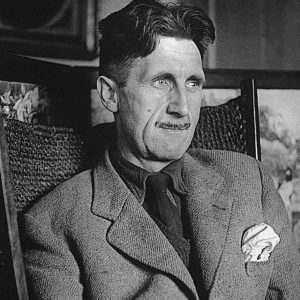 George Orwell[/caption]
George Orwell[/caption]
Orwell’s father worked as a sub-deputy opium agent in the Opium Department of the Indian Civil Service, overseeing the production and storage of opium for sale to China. Orwell's family returned to England from India when he was a kid. Orwell’s house in Motihari has been turned into a museum.
Colin Cowdrey (CBE) (1932 – 2000)
Birth Place: Ooty
Born in Ootacamund, British India (now Ooty,) Cowdrey was a prominent English cricketer who was christened in Bangalore. His father was a cricket-loving tea planter. The family returned to England in 1938 when Cowdrey was five years old. Cowdrey was the first player to reach 100 Test appearances and was known for his elegant and stylish batting technique. He served as England's captain in various periods during his career.
[caption id="attachment_45410" align="aligncenter" width="275"]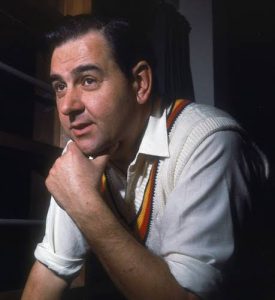 Colin Cowdrey[/caption]
Colin Cowdrey[/caption]
While still playing, he was honoured with Commander of the Most Excellent Order of the British Empire (CBE) in 1972. After retiring, he continued to work in cricket administration. He also chaired the International Cricket Council from 1989 to 1993, overseeing the introduction of referees and neutral umpires in international cricket. He was also awarded a life peerage in 1997 and became Baron Cowdrey of Tonbridge, a position that allowed him to sit in the House of Lords.
William Makepeace Thackeray (1811 – 1863)
Birth Place: Calcutta
A renowned British novelist and illustrator Thackeray is known for his wit, humour, and keen observations of Victorian society. Thackeray is best known for his novel Vanity Fair (1847-1848), which is considered one of the greatest novels in the English language. The novel satirises the hypocrisy, social climbing, and moral values of early 19th-century British society.
[caption id="attachment_45411" align="aligncenter" width="240"]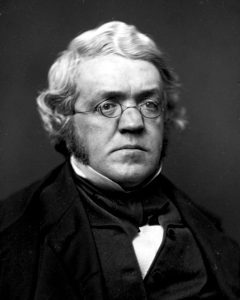 William Makepeace Thackeray[/caption]
William Makepeace Thackeray[/caption]
Thackeray’s father was the secretary to the Board of Revenue in the East India Company. After the death of his father, Thackeray was sent to England. His novels often explored themes of social class, morality, and human nature.
Vivien Leigh (1913 – 1967)
Birth Place: Darjeeling
Leigh was a renowned British actress and Hollywood star whose talent and beauty left an indelible mark on the world of film and theatre. Leigh's portrayal of Scarlett O'Hara in ‘Gone with the Wind’ earned her an Academy Award for Best Actress and solidified her status as a Hollywood legend.
[caption id="attachment_45412" align="aligncenter" width="255"]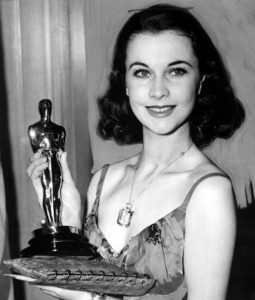 Vivien Leigh[/caption]
Vivien Leigh[/caption]
Born in British colonial India, she started her schooling at Loreto Convent, Darjeeling. At the age of six, Leigh was sent by her parents to stay with relatives in England, where she resumed her education at the Convent of the Sacred Heart in Roehampton, south-west London. Beyond her remarkable career on the silver screen, Vivien Leigh was also a celebrated stage actress, excelling in numerous Shakespearean roles, including Lady Macbeth and Cleopatra.
Mark Tully (1935 – present)
Birth Place: Calcutta
William Mark Tully is a former bureau chief of BBC, New Delhi. Out of his 30 years in BBC, he devoted 20 years working for BBC, New Delhi. A recipient of several awards, Tully has authored nine books. He was honoured with Knight Commander of the British Empire (KBE) in 2002 and is the recipient of Padma Shree, Padma Bhushan, and BAFTA awards.
[caption id="attachment_45413" align="aligncenter" width="300"]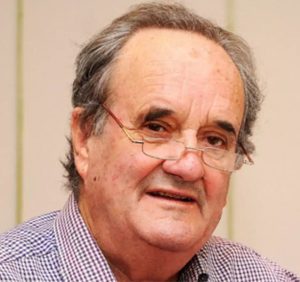 Mark Tully[/caption]
Mark Tully[/caption]
Tully’s father was a British businessman in the British Raj. After spending the first decade of his life in India, and beginning his education at a boarding school in Darjeeling he left for England. He is patron of the British branch of Child in Need India (CINI UK) and is equally well-versed in both English and Hindi.
Although, the most remarkable India-born Britons have been included in the above list. It’s not exhaustive. Below are the names of a few more global achievers born in India during Britain’s colonial rule:
- Cricketer Doughlas Jardine: born in 1900 in Bombay
- Actress Merle Oberon: born in 1911 in Bombay
- Pop star Engelbert Humperdinck (MBE): born in 1936 in Madras
- Conservationist Gerald Malcolm Durrell: born in 1925 in Jamshedpur
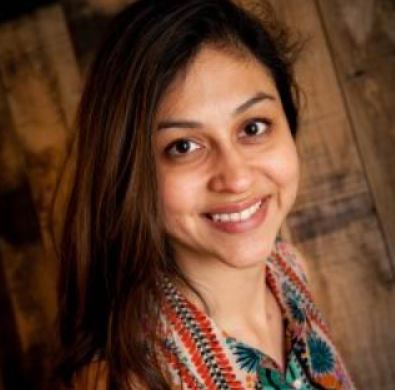



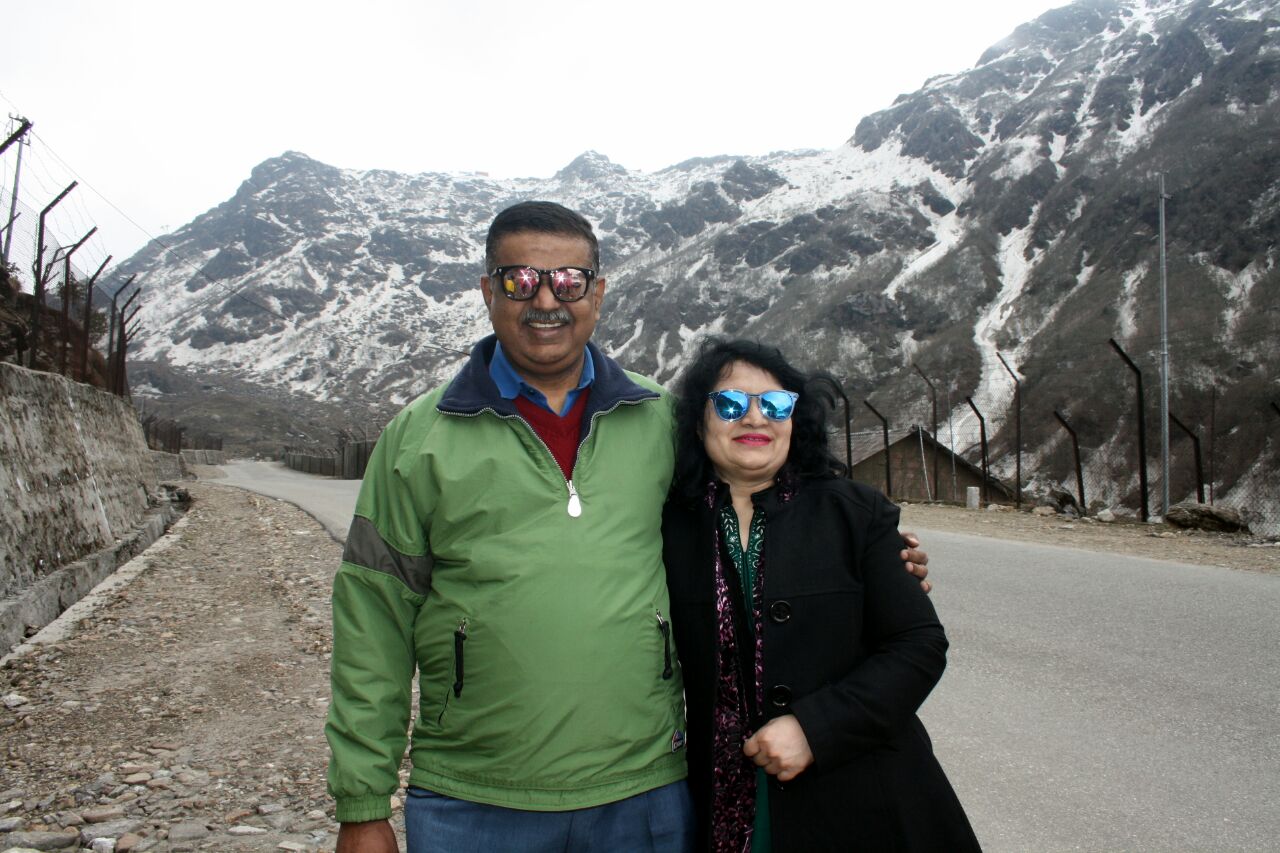
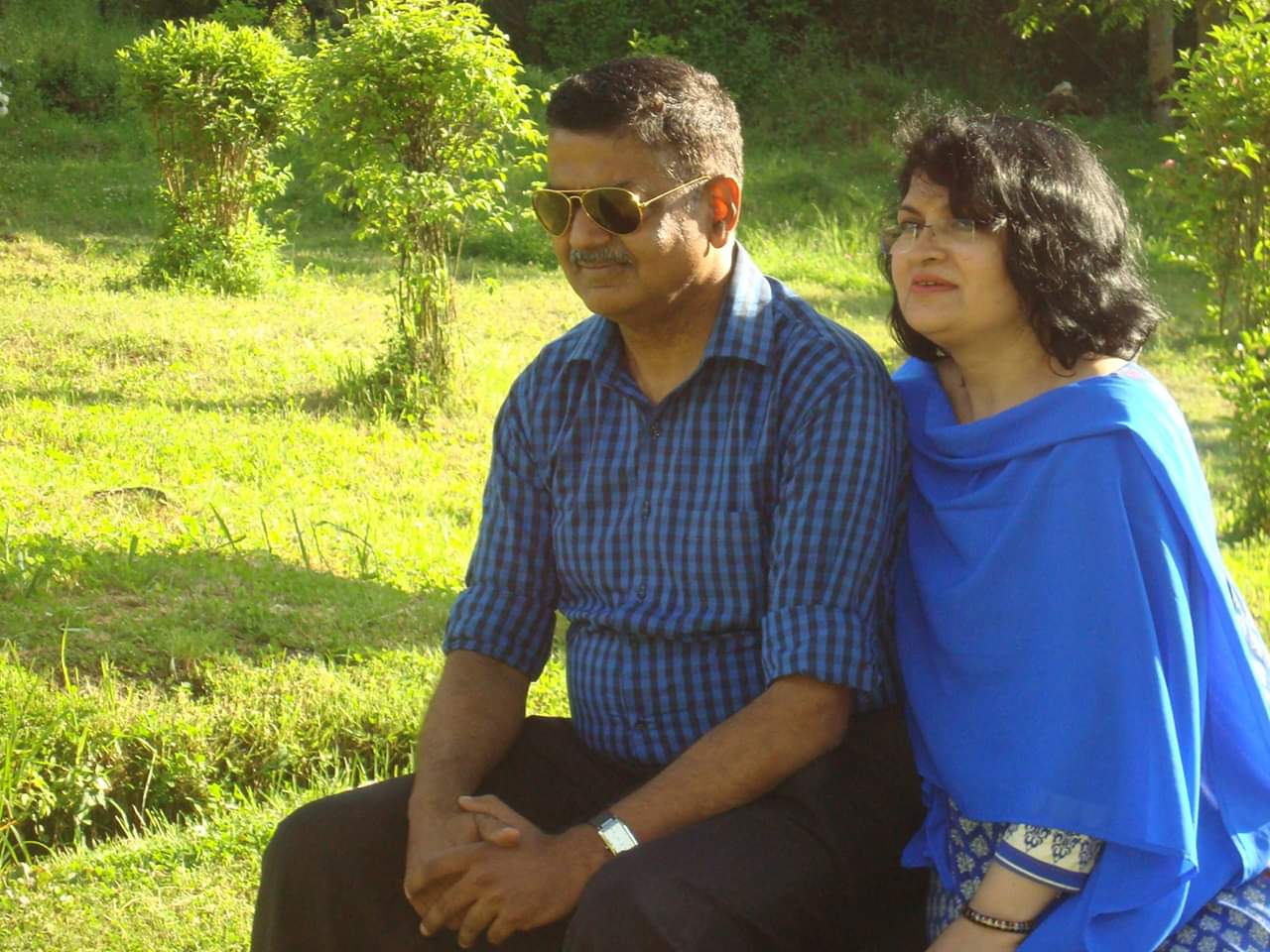

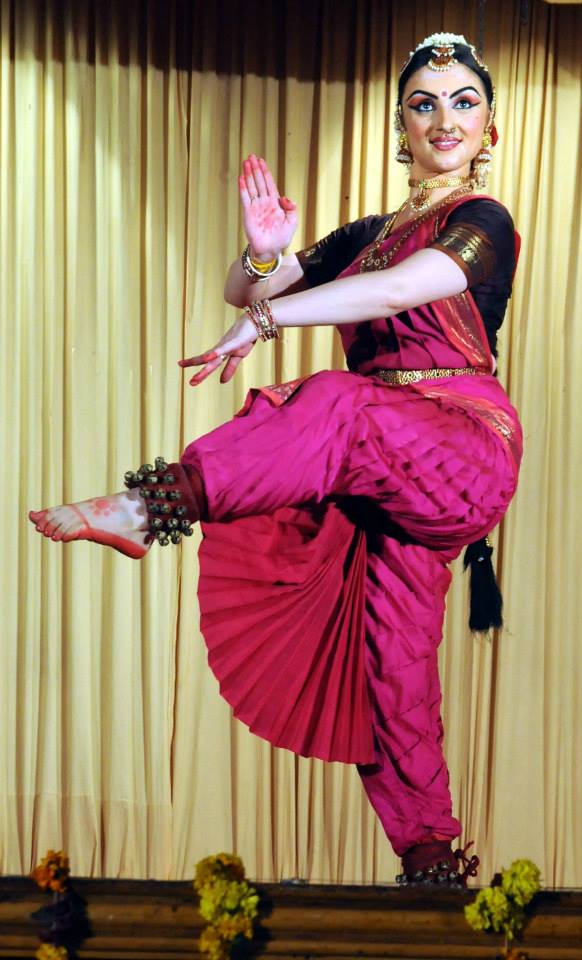 Paris Laxmi is an artist and actor[/caption]
Paris Laxmi is an artist and actor[/caption]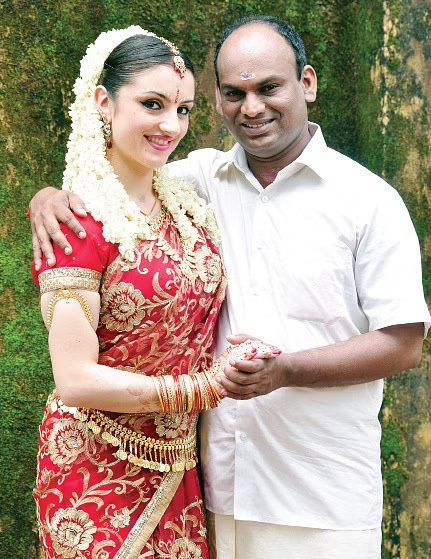 Paris Laxmi with husband Pallipuram Sunil[/caption]
Paris Laxmi with husband Pallipuram Sunil[/caption]
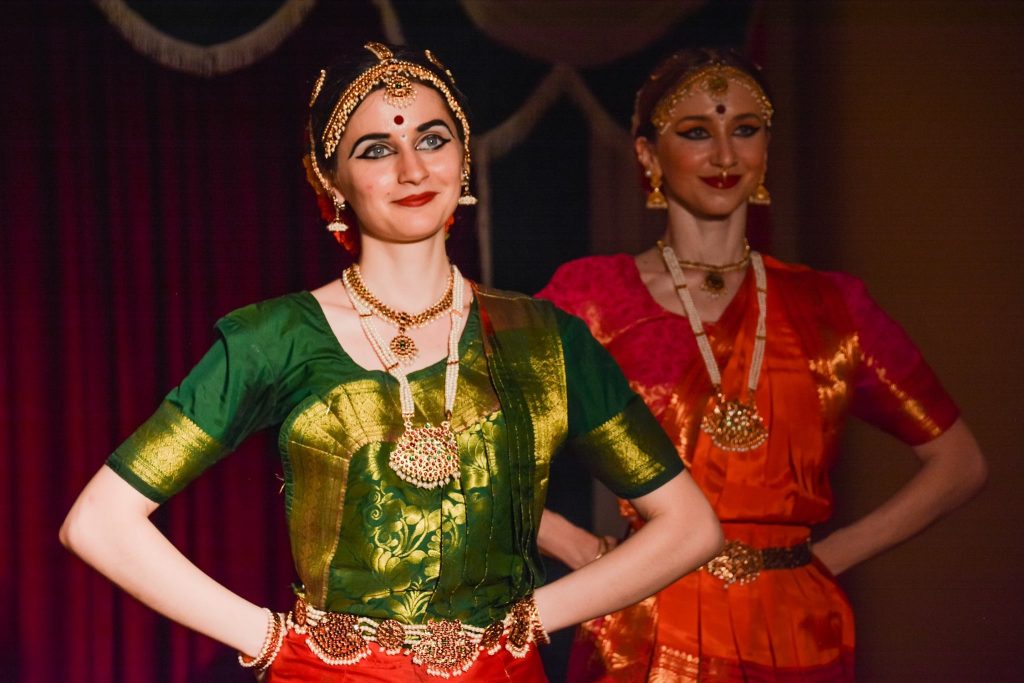 Viktoria Burenkova[/caption]
Viktoria Burenkova[/caption]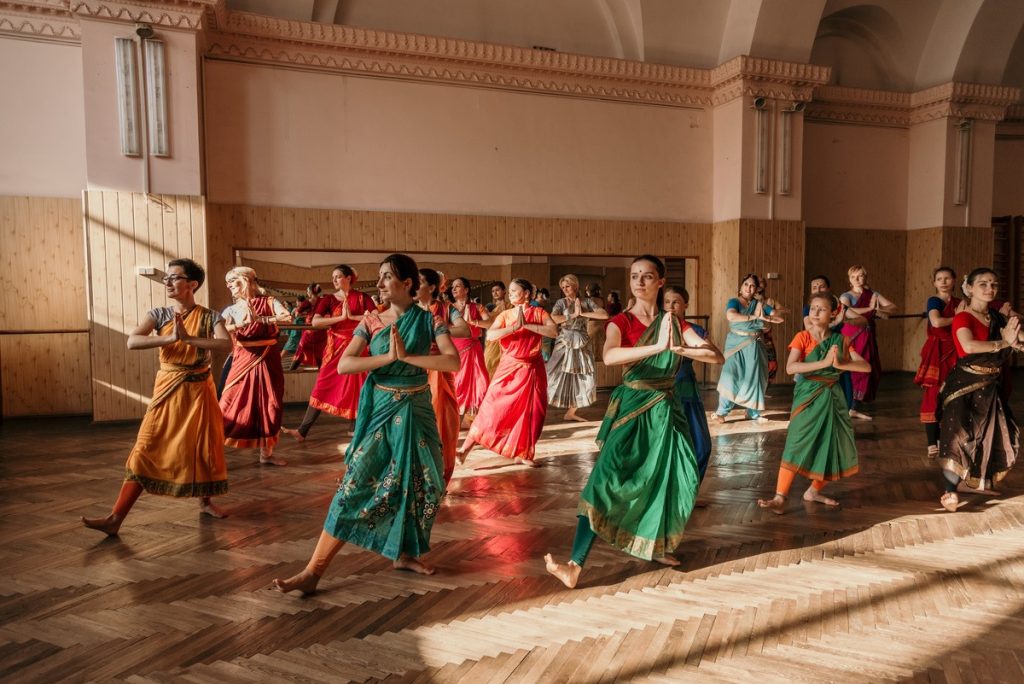 Nakshatra Team[/caption]
Nakshatra Team[/caption] Viktoria Burenkova during a training session[/caption]
Viktoria Burenkova during a training session[/caption]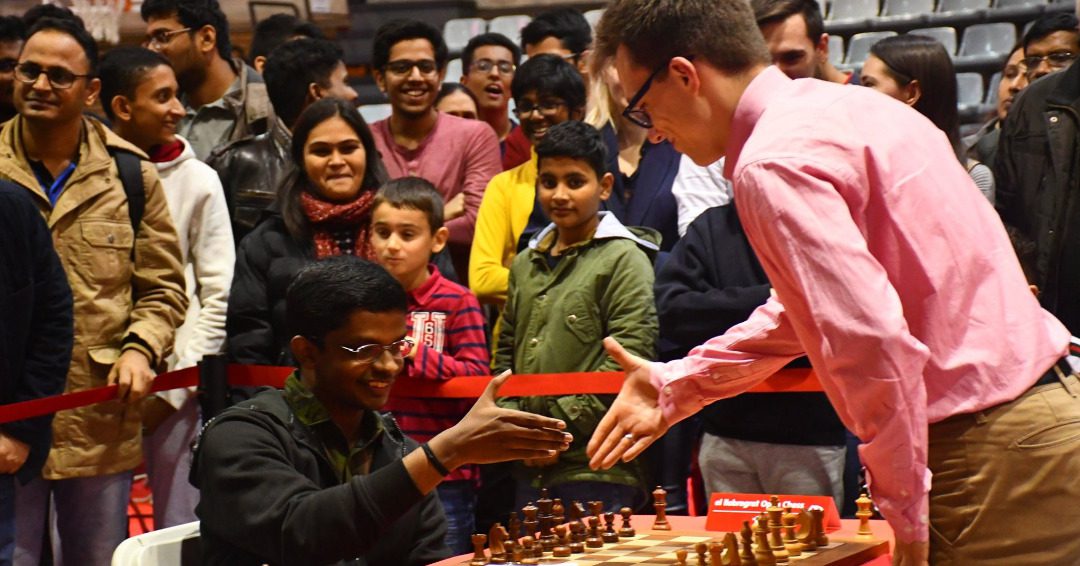
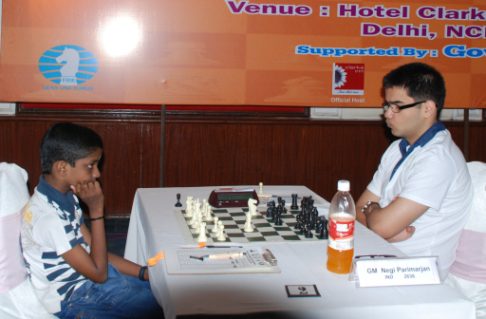 A young SL Narayanan up against top GM Parimarjan Negi.[/caption]
A young SL Narayanan up against top GM Parimarjan Negi.[/caption]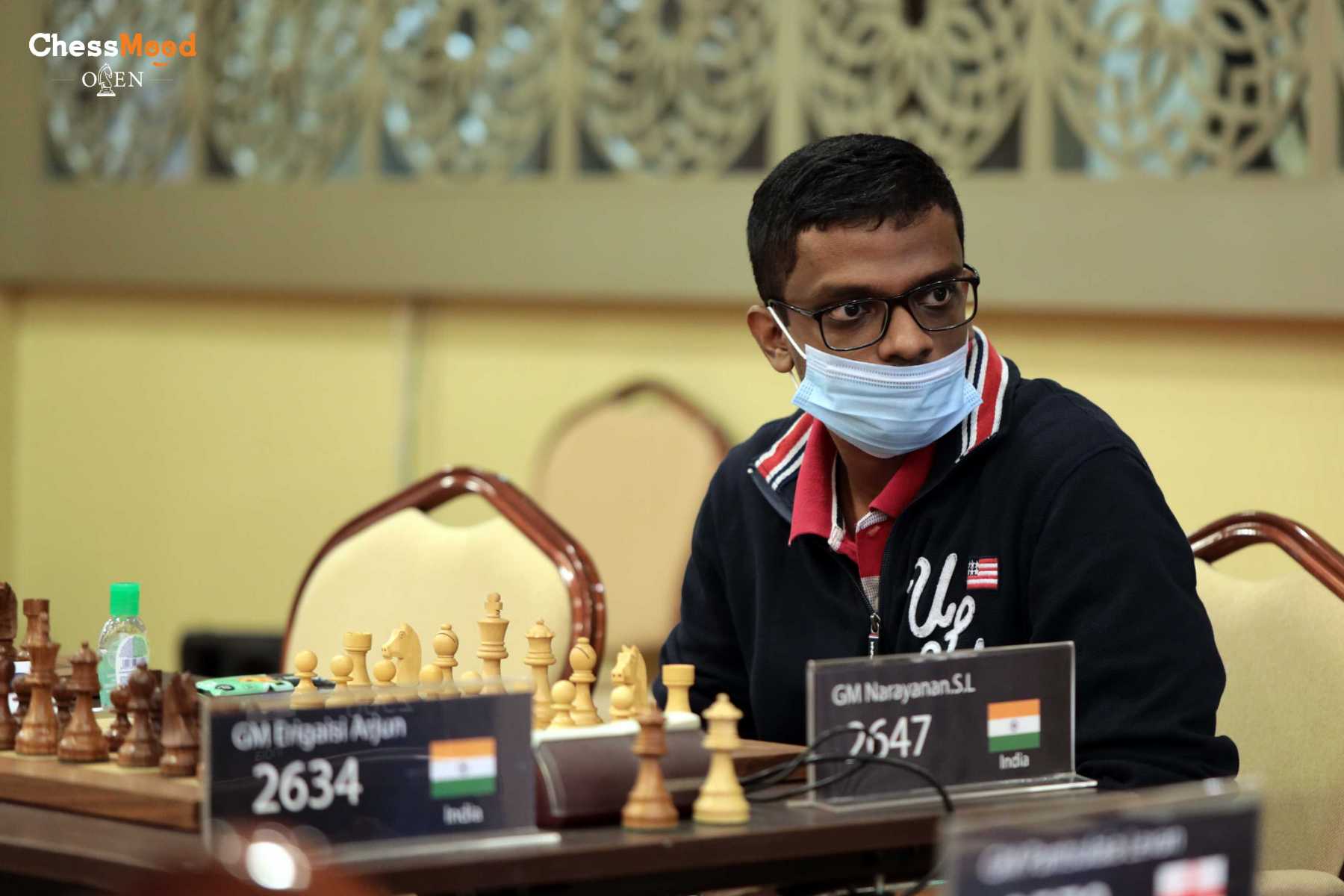 Grandmaster SL Narayanan[/caption]
Grandmaster SL Narayanan[/caption]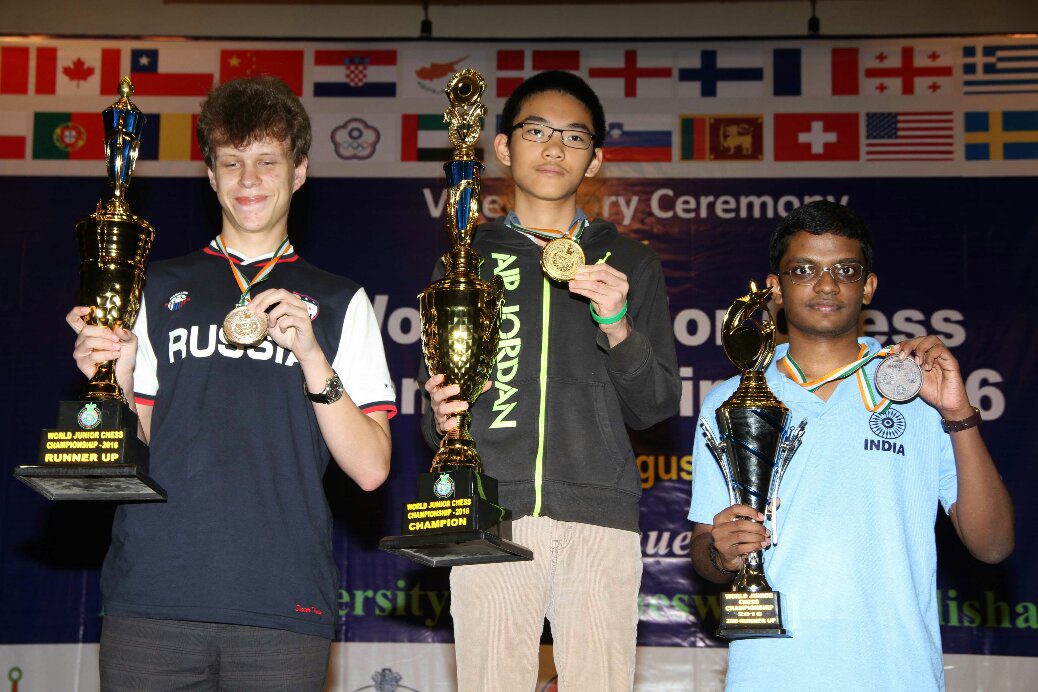 SL Narayanan at World Junior Chess Championship 2016[/caption]
SL Narayanan at World Junior Chess Championship 2016[/caption]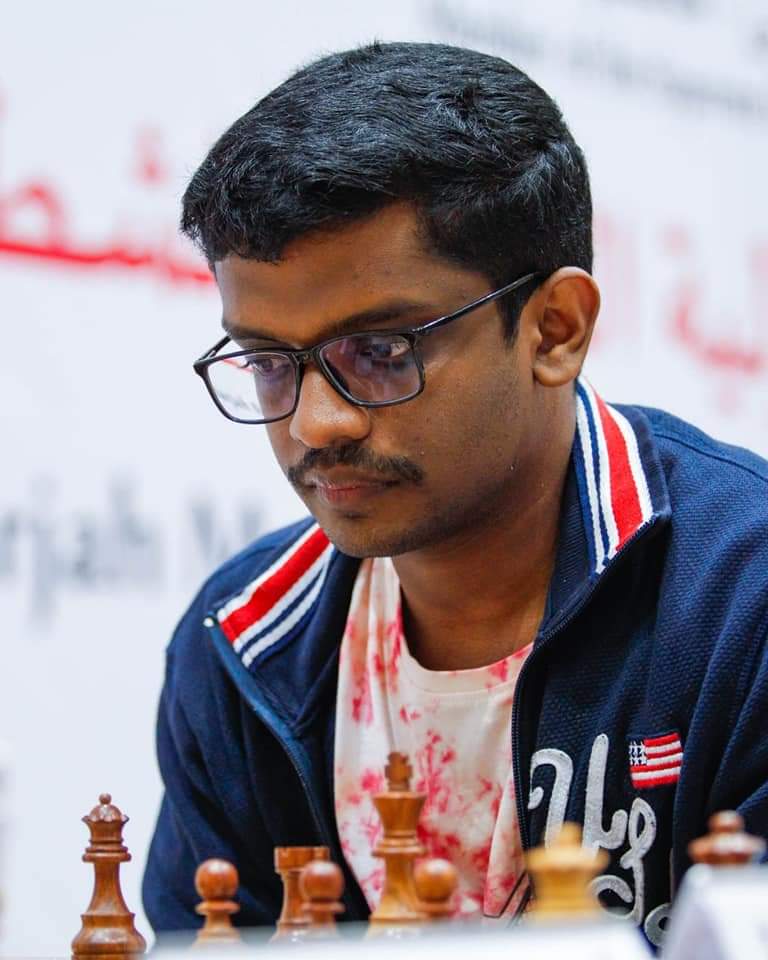 SL Narayanan[/caption]
SL Narayanan[/caption]
 Rudyard Kipling[/caption]
Rudyard Kipling[/caption] Ronald Ross[/caption]
Ronald Ross[/caption] Julie Christie[/caption]
Julie Christie[/caption] Cliff Richard[/caption]
Cliff Richard[/caption] George Orwell[/caption]
George Orwell[/caption] Colin Cowdrey[/caption]
Colin Cowdrey[/caption] William Makepeace Thackeray[/caption]
William Makepeace Thackeray[/caption] Vivien Leigh[/caption]
Vivien Leigh[/caption] Mark Tully[/caption]
Mark Tully[/caption]